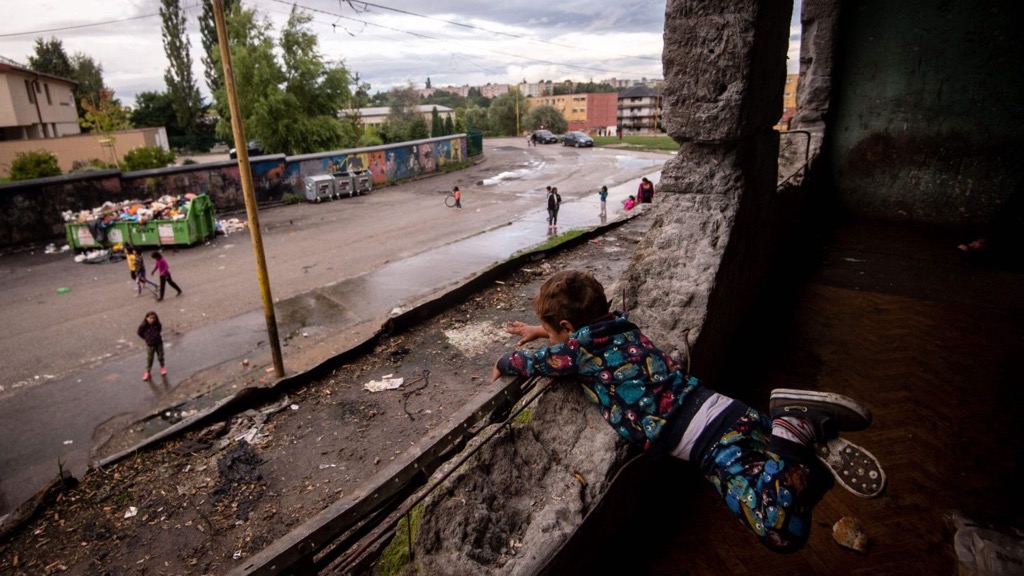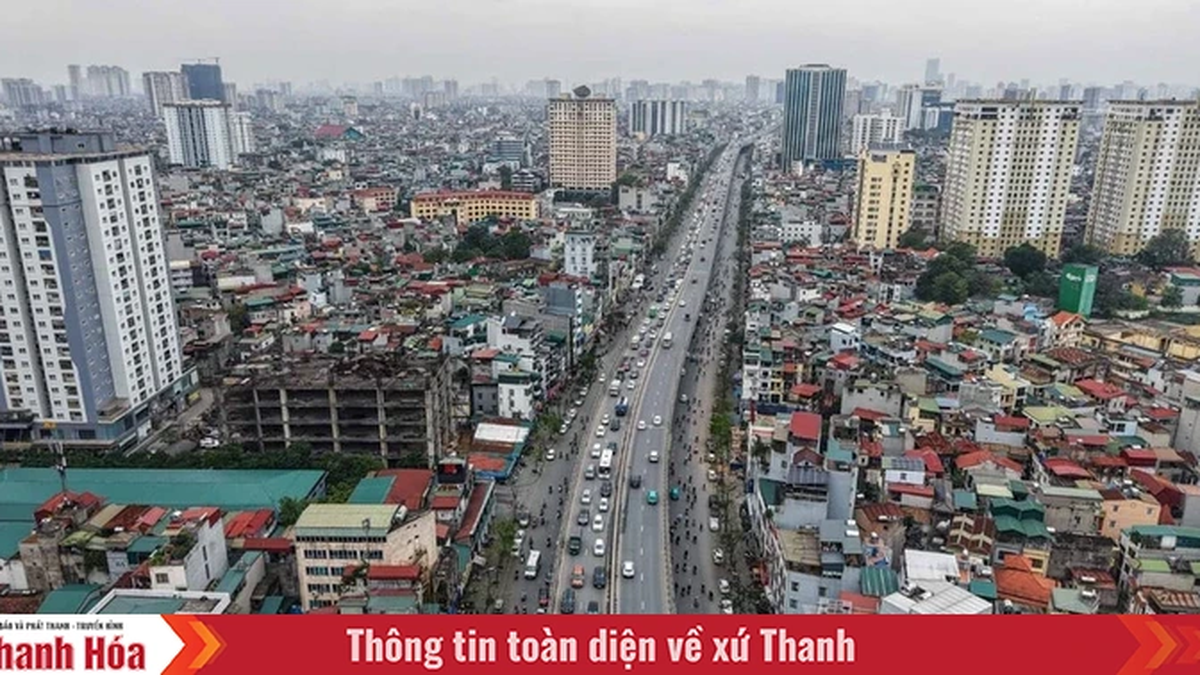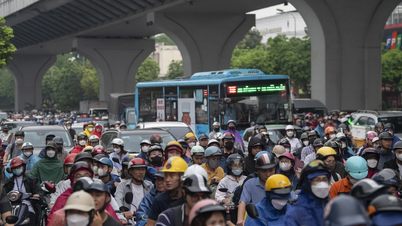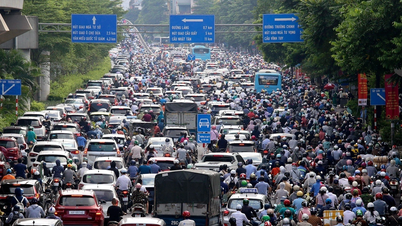On December 6, the United Nations Children's Fund (UNICEF) said in a report that 69 million children, equivalent to more than 1 in 5, live in poverty in the world's 40 richest countries.

The executive director of the United Nations Children's Fund (UNICEF), Catherine Russell, who recently returned from a trip to southern Gaza, called the territory "the most dangerous place in the world for children." Combined with UNICEF's figures that more than 333 million children worldwide still live in extreme poverty, and the irony that 69 million children live in poverty in the world's 40 richest countries, this reality shows that the UN's goal of eliminating poverty is not the same as the UN's goal of eliminating poverty.
“For most children, this means they could grow up without enough nutritious food, clothes, school supplies or a warm place to call home,” said Viktor Nylund of UNICEF Innocenti.
UNICEF's figures are based on a relative poverty rate of about 60% of national median income, which is commonly used in developed countries to determine their own poverty levels.
The report calls for action to ensure child well-being in the countries surveyed, stressing that a country's wealth does not automatically lift children out of poverty.
Since 2012, major setbacks have been seen in some of the richest countries.
The UK saw child poverty jump by 19.6% – equivalent to half a million children – and France saw it rise by 10.4%.
In the US, child poverty has fallen by 6.7%, but more than 1 in 4 children still live in relative poverty.
Meanwhile, the poverty rate in 2019-2021 was twice as high in Denmark.
Highlighting the link between child poverty and economic inequality, the report also highlights the higher risk of poverty for children from single-parent and ethnic minority families.
In the United States, 30% of African American children and 29% of Native American children live below the national poverty line, compared with just 1 in 10 non-Hispanic white children.
In the EU, a child whose parents do not have EU citizenship is 2.4 times more likely to live in poverty./.
Vu Tung





































































































Comment (0)